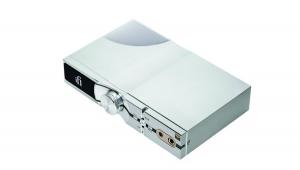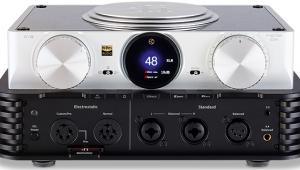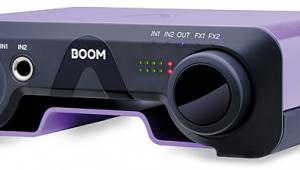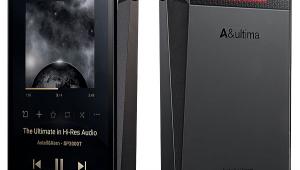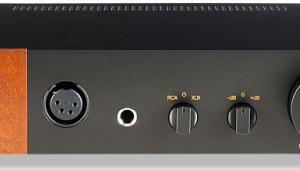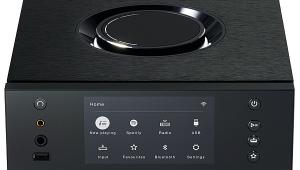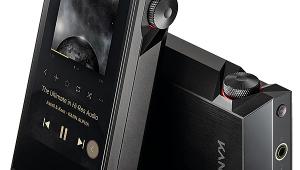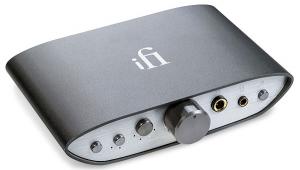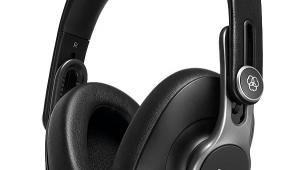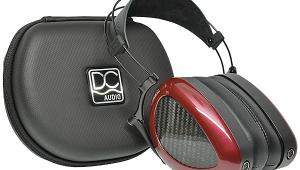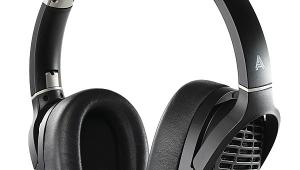Audio-Technica ATH-ADX5000 headphones

 Following a succession of top Audio-Technica headphones that were variations on a familiar theme, this latest flagship open-back model rings some significant changes
Following a succession of top Audio-Technica headphones that were variations on a familiar theme, this latest flagship open-back model rings some significant changes
Audio-Technica currently offers a bewildering 22 headphone models to its European customers in the hi-fi category alone, and goodness knows what exotica there may be which never escapes Japan. Prices range from £30 at the bottom end to £1990 at the top, that latter tag dangling from this new model, the ATH-ADX5000, but if you thought you knew what to expect from A-T’s most expensive headphones, it may surprise you a little.
Full Of Surprises
Surprise one: the ADX5000 does not use A-T’s unique 3D Wing Support system for locating itself on your cranium. Some people never really got on with the two sprung pads of the 3D Wing Support but I always found it comfortable and effective – at least when not accompanied by thin metal headbands that you could hear resonating: a design mistake Audio-Technica has made more than once. With the ADX5000, A-T has reverted to a more conventional headband arrangement with sliders for capsule adjustment. Whether this is the first step in abandoning what is
a long-standing USP for Audio-Technica time will tell.
Surprise two: while many of the costlier A-T headphones have Y-cables with separate connection to the left and right capsules, the ADX5000 is the first, I believe, to have a cable that’s detachable. The significance of this will be obvious to those who like to experiment with aftermarket headphone cabling and/or are aficionados of balanced headphone drive. The ADX5000’s detachable cable provides for both, and yet – bizarrely – this is not even mentioned as a feature in A-T’s web description (although ‘detachable cable’ does appear in the specification, otherwise unremarked). Nor, so far as I can see, does A-T offer a balanced cable option, thereby ceding that ground to aftermarket suppliers – perhaps because Audio-Technica offers the possibility reluctantly, believing there to be no advantage in it.
The supplied cable features 6N (99.9999% pure) oxygen-free copper, is 3m long and terminates in a chunky ¼in TRS jack plug machined from stainless steel. No shorter cable is supplied, neither is there any provision for use with mini-jack outlets. So if the sheer size of the ADX5000 hadn’t already suggested that use on the hoof was not envisaged, its home headphone status is now clear. Capsule connection is via compact gold-plated A2DC push-fit coaxial connectors.
And surprise three: all of the upmarket circumaural A-Ts we’ve reviewed over the last decade [ATH-W1000, ATH-W5000, ATH-W1000X, ATH-W1000Z and ATH-A2000Z in HFN May ’08, Nov ’08, May ’11, Jan ’16 and Apr ’16 respectively] have been medium impedance models of 40ohm or thereabouts. Out of the blue, the ADX5000 has a nominal impedance of 420ohm, as if it were a Beyerdynamic headphone.
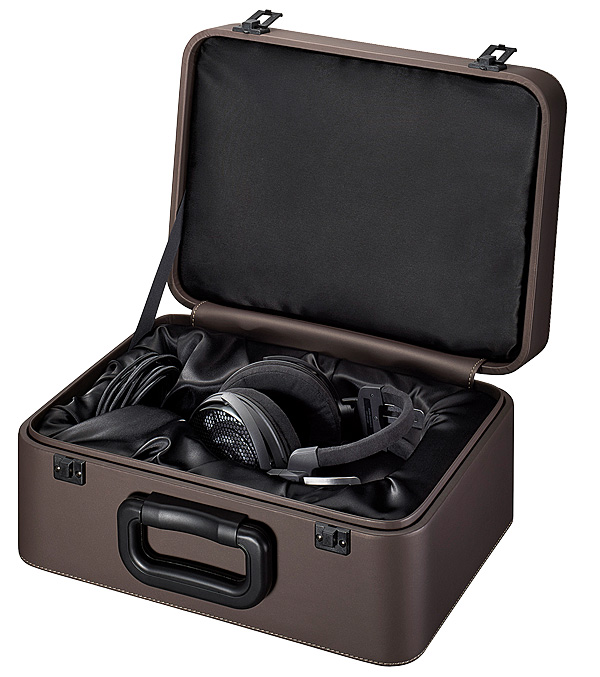
It's A Mystery
Audio-Technica’s website is utterly silent as to why the ADX5000 introduces this step-change, but it has had an obvious effect on voltage sensitivity which is at least 10dB lower than I measured from the foregoing and all of 16dB down on the ATH-W5000. Given that the ADX5000 is surely destined to be driven by pukka headphone amplifiers with plenty of output voltage capability, this doesn’t really matter. But given that such amplifiers would be happy driving 40ohm, why? The ADX5000 has superior current sensitivity, but this surely doesn’t matter when there’s no smartphone battery to conserve? It’s a mystery to me.
There are open-back headphones and open-back headphones, the ADX5000 being one of the most open open-backs I’ve ever seen. The thin metal capsule back, with its hexagonal-pattern perforations, provides an almost uninterrupted view of the rear of the 58mm drive unit and the baffle on which it is mounted internally. It’s so open, indeed, that the individual serial number is seen laser-etched on the back face of the right capsule magnet assembly, behind the perforations!
That drive unit is of the familiar headphone construction: a domed centre section (at the periphery of which the voice coil is attached), encircled by a ribbed and domed annulus that is part diaphragm, part flexible surround. The diaphragm material is not specified but is tungsten-coated to enhance its stiffness. ‘To reduce unwanted vibrations’ and save weight, the driver and baffle are of integrated construction rather than the one being bolted to the other, and A-T has abandoned its traditional magnesium alloy baffle frame for one made from a high stiffness composite of glassfibre and polyphenyl sulphide. If this is to quell resonance it is only partly successful because a tap on the back of the capsule while wearing the headphone reveals it to be quite lively.
